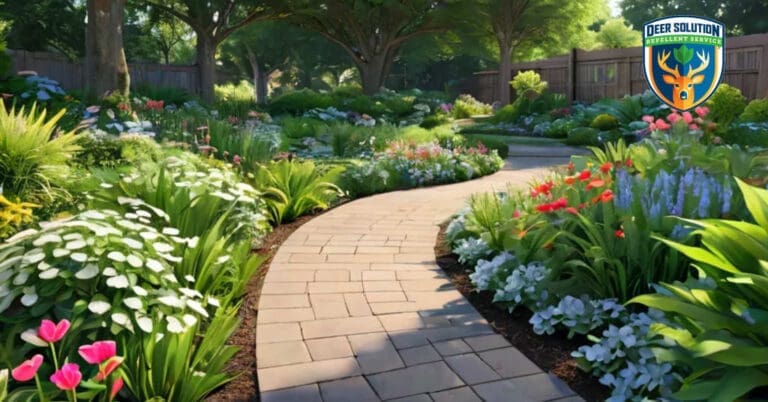As winter’s chill settles in, gardeners often wonder about the fate of their evergreen plants. Wintergreens, with their vibrant foliage and hardy nature, become a focal point of interest—both for humans and local wildlife. But do deer eat Wintergreens? Let’s explore the complex relationship between these resilient plants and their four-legged visitors.
Wintergreens: A Cultural and Ecological Cornerstone
Wintergreens have long held a place of significance in various cultures. Native American tribes cherished these plants for their medicinal properties, often using them to alleviate ailments ranging from headaches to muscle pain. Beyond their practical uses, Wintergreens have woven themselves into folklore, symbolizing resilience and endurance in harsh conditions.
In garden ecosystems, Wintergreens play a crucial role. As ground cover plants, they help prevent soil erosion and retain moisture, creating a stable environment for other flora to thrive. Their evergreen nature provides year-round interest and habitat for various insects and small animals, contributing to biodiversity.
The Deer Dilemma: To Browse or Not to Browse?
When it comes to deer and Wintergreens, the relationship is complex. Deer may browse on Wintergreens, especially during the colder months when other food sources become scarce. However, the extent of their interest can vary based on factors such as local deer populations, alternative food availability, and the specific Wintergreen species present.
While deer might nibble on Wintergreens, these plants are not typically their first choice. The strong, minty aroma of some Wintergreen species may deter deer to some extent. However, in areas with high deer pressure or during particularly harsh winters, even less palatable plants may become targets for hungry deer.
Seasonal Considerations for Wintergreen Care
In regions with cold winters, Wintergreens face unique challenges. While adapted to survive in harsh conditions, these plants can be impacted by temperature fluctuations, snow cover, and wildlife interactions. Gardeners in deer-prone areas may need to take extra precautions to support their Wintergreens during this vulnerable time.
Mulching around Wintergreens can help insulate the soil, maintaining more consistent temperature and moisture levels. This practice not only supports plant health but may also reduce the likelihood of deer digging for roots or browsing on exposed foliage.
Cultivating a Harmonious Garden Ecosystem
Creating a garden that balances the needs of plants with the presence of wildlife requires thoughtful planning. Incorporating a diverse range of plant species can help distribute the impact of deer browsing, ensuring that no single plant type is overly affected. Planting Wintergreens alongside other aromatic or texturally diverse plants may further discourage deer from focusing solely on these evergreens.
For those seeking to minimize deer browsing while maintaining an eco-friendly approach, professional services can offer tailored solutions. Deer Solution specializes in applying all-natural repellents that may help reduce deer damage to landscapes, including Wintergreen plantings. Their approach aims to create a harmonious environment where both plants and wildlife can coexist.
Embracing the Winter Garden
While the question “”Do deer eat Wintergreens?”” doesn’t have a simple yes or no answer, understanding the nuances of plant-wildlife interactions can lead to more successful gardening practices. By appreciating the cultural significance of Wintergreens, recognizing their ecological benefits, and implementing thoughtful care strategies, gardeners can create resilient landscapes that thrive even in the face of winter challenges and wildlife pressures.
As we cultivate our gardens with an eye towards sustainability and biodiversity, we learn to value the complex relationships between plants, animals, and the environment. Wintergreens, with their ability to persist through harsh conditions and their potential to support wildlife, exemplify the resilience and interconnectedness of nature—qualities that inspire gardeners to work in harmony with the natural world, rather than against it.








